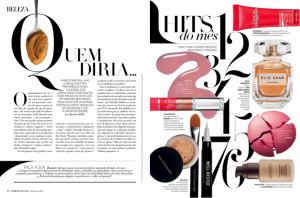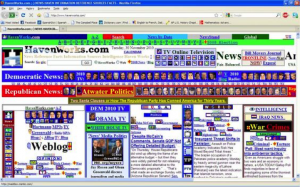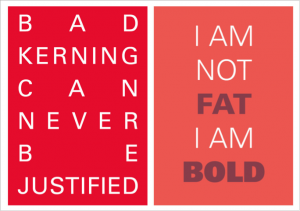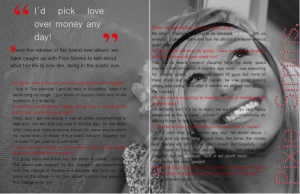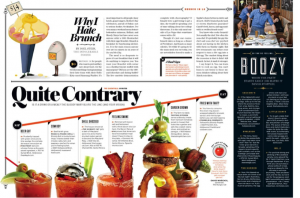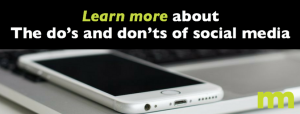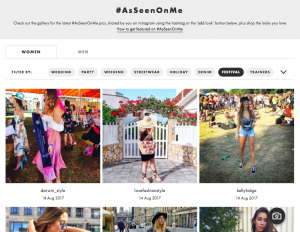The frozen mountains of South Korea have seen much action over the last two weeks, as Olympians brave the freezing temperatures and unforgiving landscapes to bring glory to their countries. As the 2018 Winter Olympics draws to a close, here’s a few PR lessons to consider:
Relatability is key
Brands should take a page out of teen virtuoso Chloe Kim’s book- even in the middle of competition, the Olympic gold medalist shamelessly tweeted about her dog, being “hangry” and her eyeliner. Her sincere and heartfelt posts won over netizens, making her one of the most popular athletes in the 2018 Winter Olympics.
While we don’t suggest that your brand blog about everything under the sun, it is necessary to speak the language of consumers. Chloe Kim became everyone’s best friend almost overnight because she came across as a regular teenage girl to her peers despite being an accomplished athlete. Similarly, your brand should engage with your target audience in a way that feels authentic, relatable and honest. Speak the language of your consumers, and encourage two-way dialogue wherever possible.
Switch things up
Historically, figure skating costumes have been always been gendered. This year, Hungary’s Ivett Toth, France’s Maé-Bérénice Méité and Latvia’s Diana Nikitina were amongst the few women skaters who challenged status quo by ditching the usual skirts and dresses in favour of embellished bodysuits. Ivett Toth’s leather-and-AC/DC routine made her an instant internet sensation.
Similarly, the PR industry has undergone massive changes in the past century. Digital disruption and the emergence of a new generation that perpetually lives online presents a new set of challenges to brands. To keep things fresh and interesting, your business must come up with unexplored ways of reaching out to potential consumers. Amp up your communication game by daring to go where your competitors have not ventured before — and, your customers are bound to sit up and take notice of you.
When the spotlight is on you, shine
For two weeks, South Korea had the world’s undivided attention as top political leaders, elite athletes, tourists and journalists congregated in PyeongChang to experience the 2018 Winter Olympics. While South Korea has consistently engaged in a display of “soft power”, courting the international community with entertainment and technology, the last few years have been focused on their diplomatic squabbles with neighbour North Korea. The success of the Winter Olympics will not only bring long-term economic prosperity to South Korea, but will also give the country a chance to shift its narrative from disgruntled neighbour and producer of K-Pop to an influential player in the international community.
If your business is thrust into the limelight, even unexpectedly- do not shy away from the opportunity to take control of your narrative and create goodwill. Embrace the attention and use it as a springboard to propel your brand to the forefront of your consumers minds’.
Don’t talk unless you have your facts in place
Recovering from a massive “foot-in-the-mouth” moment is much harder in the age of technology and social media and is likely to set you back by a few millions in damage control. American Broadcasting Network NBC is still reeling from their coverage of the Winter Olympics, where a supposed “expert” on Asia made insensitive remarks about the Japanese occupation of Korea. After angry netizens swooped in, NBC was forced to fire the commentator, apologised to the organising committee and read their apology on-air.
The internet has the memory of an elephant and little mistakes can be blown out of proportion. A single gaffe could cost you heavily, which is why it is wiser to subject public statements to several rounds of editing before they are sent out. An embarrassing typo or a glaring factual error could end up as internet fodder, propelling your brand to infamy if you aren’t careful enough.
Want to speak more about your PR campaign or media training? Drop a note at [email protected]


